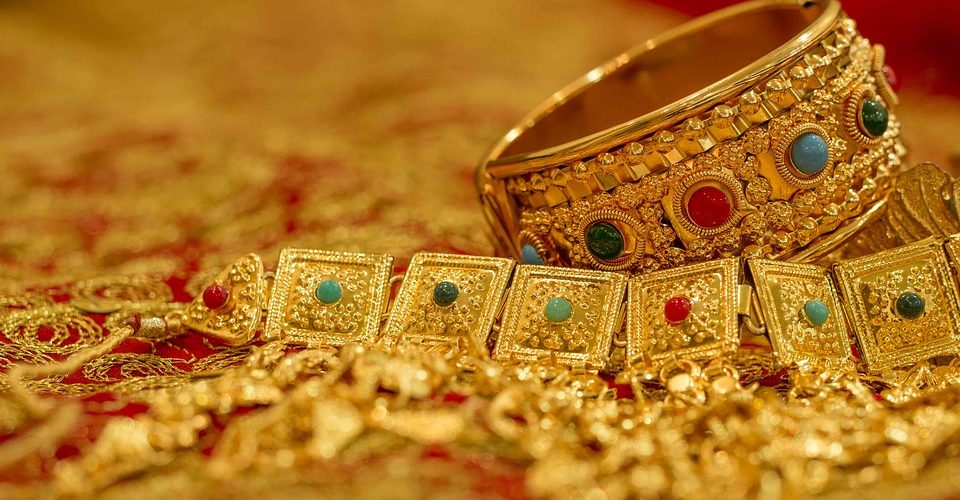Judgment of 11 July 2018 in case C-157/17 – E LATS
Context: Reference for a preliminary ruling — Taxation — Value added tax — Directive 2006/112/EC — Article 311(1)(1) — Special arrangements for second-hand goods — Definition of ‘second-hand goods’ — Goods containing precious metals or precious stones resold by a trader — Processing of those goods after sale — Recovery of the precious metals or precious stones — Concept of ‘precious metals or precious stones’)
Article in the EU VAT Directive
Article 311
1. For the purposes of this Chapter, and without prejudice to other Community provisions, the following definitions shall apply:
(1) “second-hand goods” means movable tangible property that is suitable for further use as it is or after repair, other than works of art, collectors’ items or antiques and other than precious metals or precious stones as defined by the Member States;
Facts:
- E LATS (Latvia) grants loans to individuals, in exchange for pledges of precious metals and items containing gold and/or silver, such as necklaces, pendants, rings, wedding rings, cutlery and dental materials. Any unredeemed items are resold, graded according to their type and purity, to other traders, whereby E LATS applied a special VAT margin scheme
- The tax authorities argued that E LATS resold the goods ‘scrap’ and not as ‘second-hand goods’. Therefore, E LATS should not have applied the special VAT scheme
- E LATS claims that the application of the margin scheme cannot depend on whether or not it knew the use, namely resale or processing, to which the buyer would put the goods sold, and that it was illogical to consider that grouping items of jewellery together should lead to their classification being changed from ‘second-hand goods’ to ‘scrap’
Questions
Must Article 311(1)(1) of Council Directive 2006/112/EC 1 on the common system of value added tax be interpreted as meaning that used articles, acquired by a trader, that contain precious metals or precious stones (as in the present case) and are resold principally in order for those precious metals or precious stones to be extracted, may be regarded as second-hand goods?
If the answer to question 1 is in the affirmative, is it relevant, for the purpose of limiting the application of the special arrangements, that the trader knows that the subsequent buyer intends to extract the precious metals or precious stones present in the used articles, or are the objective characteristics of the transaction (the quantity of goods, legal status of the counterparty to the transaction, etc.) relevant?
AG Opinion
– Article 311(1)(1) of the Council Directive 2006/112/EC of 28 November 2006 on the common system of value added tax shall be interpreted as meaning that the notion of ‘second-hand goods’ does not cover used goods acquired by a trader that contain precious metals or precious stones such as the ones in the main proceedings which are resold principally for the extraction of those precious metals or precious stones, if it follows from the objective circumstances of the transaction that such goods are resold without consideration of the functionality of the goods concerned.
– Whether this is the case must be established on the basis of the objective circumstances of the transaction, considered as a whole. The elements to be taken into account include the presentation of goods for the purpose of their resale; methods of the valuation of such goods; the quantities of the goods sold together; and the fact that the purchaser is involved in a particular business, such as the processing of precious metals or precious stones.
Decision
Article 311(1)(1) of Council Directive 2006/112/EC of 28 November 2006 on the common system of value added tax must be interpreted as meaning that the concept of ‘second-hand goods’ does not cover used goods containing precious metals or precious stones if those goods are no longer capable of performing their initial function and have retained only the functionalities inherent in those metals and stones, which is for the national court to determine taking into account all the objective circumstances relevant in each individual case.
Summary
Goods resold by merchant containing precious metals or precious stones – Processing of goods after sale – Recovery of precious metals or precious stones – Concepts of “precious metals or precious stones” and “used goods”
E LATS provides loans to private individuals and in return takes precious metal objects and objects containing gold and/or silver as collateral, such as necklaces, pendants and (wedding) rings. E LATS has resold unpaid properties, applying the margin scheme.
The Latvian tax authorities found that the resold precious metal objects were waste rather than used goods and issued an additional assessment.
According to the ECJ, used goods containing precious metals or precious stones do not fall under the concept of ‘used goods’ if they are no longer suitable to fulfill their original function and only retain the functionalities inherent in those metals and stones.
Source
Similar ECJ cases
Newsletters















